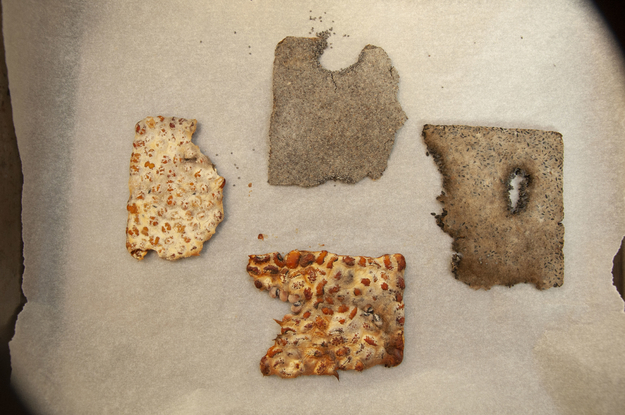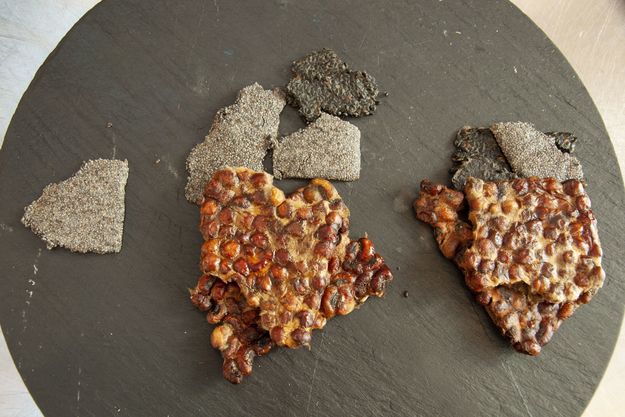As nice as it is to play with a raw tempeh, eating it unprepared is not the best idea. Jiwei and I sneaked into the kitchen to cook our samples (about which you can read in the previous post). Usually, we march into the restaurant, which is empty during the day, as if we ruled the place announcing to anyone on our way that in half an hour they are welcome to test our new samples. But on that Thursday afternoon, we had to sneak in and find a small corner on the table, as chef Tommaso Buresti was preparing for the “A La Mano” Neo Futuristic dinner, taking place in Mediamatic that week.
Later on, Jiwei and I will read about the chef Tomasso Buresti and food designer Giulia Soldati on the Mediamatic website (you should read too!): https://www.mediamatic.net/en/page/371109/a-la-mano). We will find out that Tomasso has also studied Industrial Design (as both of us do!) and during lunch, Tomasso will make Italian pasta for everyone working at Mediamatic (thank you!). But during that time in the kitchen, we only talked about the tempeh, it’s making process and preparation.
Tommaso Buresti made pasta for everyone working at Mediamatic - It was delicious!
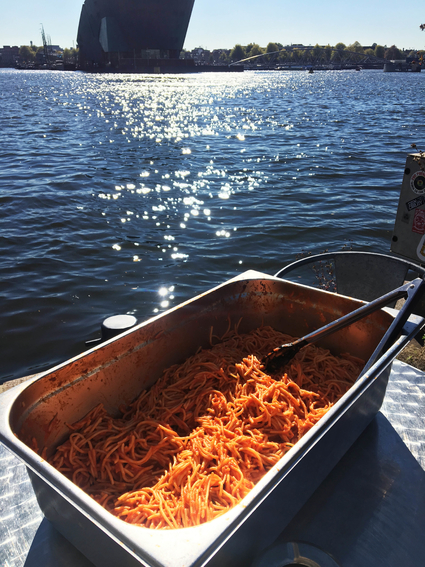
Chef Tomasso Buresti enthusiastically offered us to try our tempeh and give his opinion on them. This post is about his professional advice and comments on our food as well as some suggestions for improvements. In addition, we will finish this blog with the feedback from our colleagues whose opinion is equally important for us and who you probably have already seen in our previous posts (as it is hard to get rid of someone who is working with you :) )
What have we tested this time:
We had samples of poppy-seed, eyebrow bean, chick-pea, and black sesame tempeh. Two samples of each cooked differently – one was cooked in the oven, another was deep fried. The mycelium on the white-beans, unfortunately, did not grow well, hence we decided to not cook it and try again.
Enjoy the feedback and maybe note something down for the time you make your own tempeh!
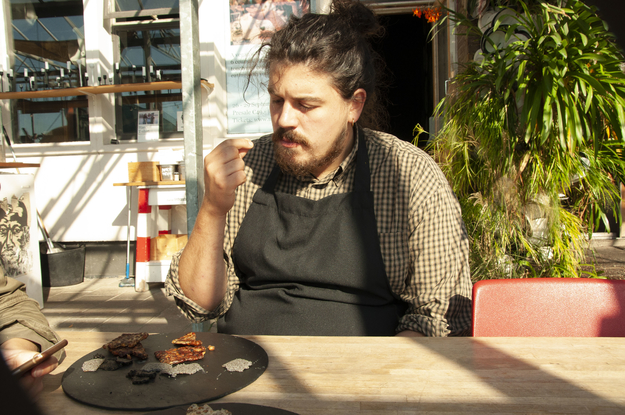
Chef Buresti did not like the black sesame tempeh, he thought it’s difficult to eat as it falls apart. He enjoyed eating the poppy-seed tempeh and said that he really likes the taste, although we could find a way to make the tempeh more sturdy and the texture more crunchy. Tomasso Buresti was a big fan of eyebrow beans and chickpeas fermented with mycelium. Both methods, cooking in the oven and deep-frying were appealing to him, although he still preferred the oven baked tempehs, because they were chewier, and had a more authentic real tempeh taste. He also added that chickpea and eyebrow bean tempeh smelled like mushrooms.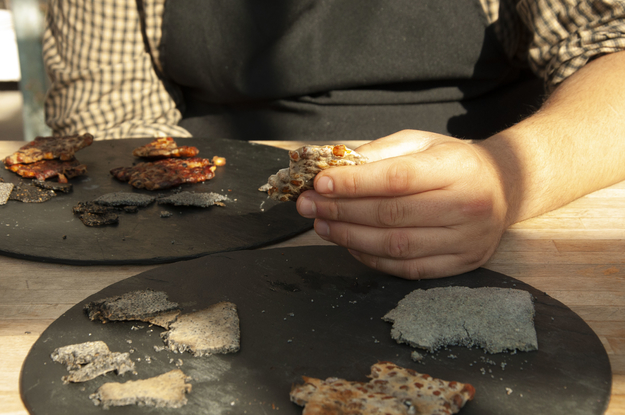
Besides being positive Tomasso mentioned that we could have boiled the beans more before we mixed them with mycelium and suggested to try bigger beans, for example- Borlotti.
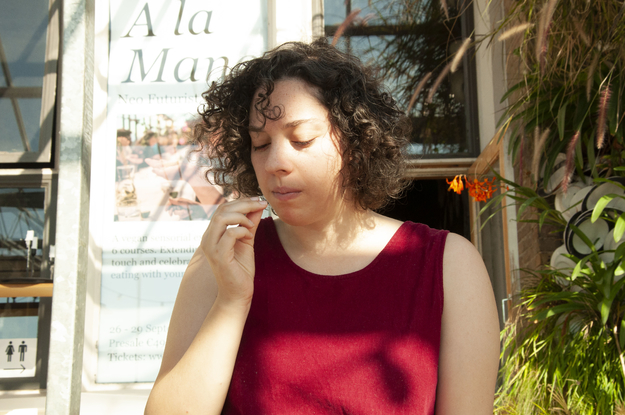
Sophie, on the other hand, chose the poppy-seed tempeh as her favourite because it looked and tasted the best. She found the tempeh with chickpeas and eyebrow beans too chewy.
Génoulé really liked the way chickpeas and eyebrow bean tempeh looked like. He thought that this delicious look invites people to try it. Although, in the end, he also chose the poppy-seed tempeh as his favourite, emphasizing it’s good taste and interesting texture.
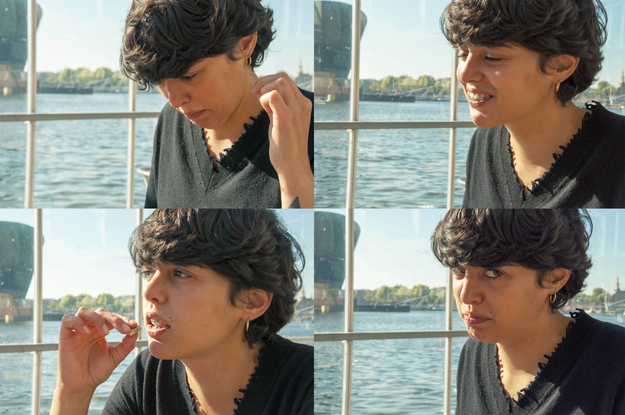
And last but not least- Antonella who probably participated in all of our cooking sessions. Her favourite tempeh this time was the oven baked chickpea tempeh which she would like to try on the side with some salad. She also admired the poppy-seed tempeh which was cooked in the oven. She would match poppy-seeds with something that has a creamy consistency. She did not like any of the deep-fried samples, because they were too oily. Antonella gave us the advice to try deep-fry for a shorter time and at a higher temperature next time.
So Addio everyone, until that next time!
